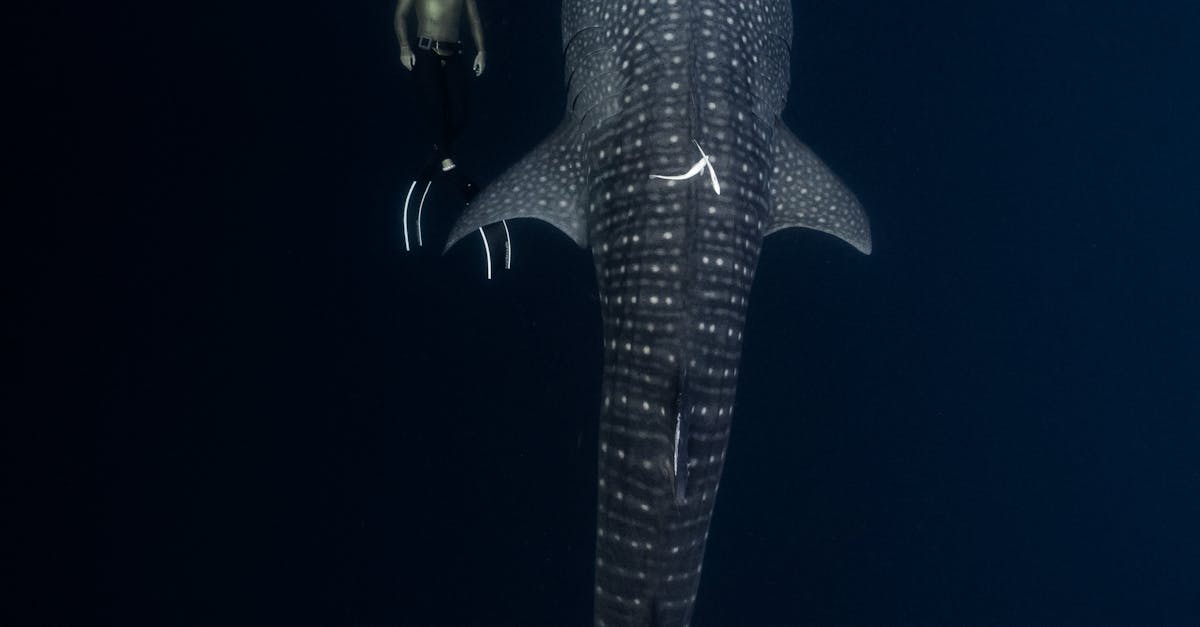Whale sharks, the gentle giants of the ocean, are fascinating creatures that capture the imagination of marine enthusiasts and casual observers alike. Among the many intriguing aspects of these magnificent animals is their unique dental structure. Unlike most sharks, whale sharks have a peculiar relationship with their teeth, which raises the question: how many teeth do whale sharks actually have? In this article, we will explore this question and delve into various facts related to whale sharks and their dental characteristics.
| Fact Number | Fact Description |
|---|---|
| 1 | Whale sharks have approximately 300 rows of tiny teeth. |
| 2 | Whale shark teeth are not used for chewing. |
| 3 | The teeth of a whale shark are very small. |
| 4 | Whale sharks are filter feeders. |
| 5 | Whale sharks can lose and replace teeth throughout their lives. |
| 6 | The teeth are primarily used for grip. |
| 7 | Whale sharks are the largest fish in the ocean. |
| 8 | Teeth growth can be influenced by environmental factors. |
| 9 | Whale sharks have a unique feeding mechanism. |
| 10 | Teeth do not play a role in their diet. |
Whale sharks have approximately 300 rows of tiny teeth.
Whale sharks possess a remarkable dental arrangement, consisting of around 300 rows of tiny teeth. These teeth are not large or prominent but are numerous, which allows the whale shark to effectively manage the small organisms it consumes from the water.

Whale shark teeth are not used for chewing.
Unlike many other species of fish, whale sharks do not use their teeth for chewing. Instead, their teeth serve a different purpose, primarily aiding in the capture of prey rather than processing food. This unique adaptation allows them to thrive in their ecological niche.

The teeth of a whale shark are very small.
The size of whale shark teeth is another fascinating characteristic. They are relatively small compared to the size of the shark itself, measuring only a few millimeters in length. This size is sufficient for their feeding habits, which involve filtering plankton and small fish from the water.

Whale sharks are filter feeders.
One of the most interesting aspects of whale sharks is that they are filter feeders. They feed by swimming with their mouths wide open, allowing water to flow in and trapping food particles in their gills. This feeding strategy is highly effective and does not rely on their teeth for breaking down food.

Whale sharks can lose and replace teeth throughout their lives.
Like many sharks, whale sharks have the ability to lose and replace their teeth throughout their lives. This natural regeneration ensures that they maintain their ability to capture prey effectively, even as they age or if their teeth become damaged.

The teeth are primarily used for grip.
The main function of whale shark teeth is to provide grip on slippery prey. While they do not chew, having a good grip on their food is essential as they filter feed. This adaptation allows them to catch small fish and plankton with ease.

Whale sharks are the largest fish in the ocean.
As the largest fish species in the ocean, whale sharks can grow up to 40 feet long or more. Their immense size is complemented by their unique tooth structure, which is perfectly suited for their feeding habits. Despite their size, they are known for their gentle nature.

Teeth growth can be influenced by environmental factors.
The growth and replacement of teeth in whale sharks can be influenced by various environmental factors, including the availability of food and habitat conditions. These factors play a significant role in the overall health and feeding efficiency of the whale shark.

Whale sharks have a unique feeding mechanism.
Whale sharks utilize a unique feeding mechanism that sets them apart from other species. They employ a process known as suction feeding, where they create a vacuum to draw in water and prey. This method, combined with their specialized teeth, allows them to thrive in their oceanic environment.

Teeth do not play a role in their diet.
Ultimately, the teeth of whale sharks do not play a critical role in their diet. Instead, their feeding strategy and the ability to filter food from the water are the primary methods by which they obtain nutrition. This makes them unique among shark species.

FAQ
How many teeth do whale sharks have?
Whale sharks have approximately 300 rows of tiny teeth, which are primarily used for grip rather than chewing.
Do whale sharks use their teeth for eating?
No, whale sharks do not use their teeth for chewing. They are filter feeders and primarily rely on their gills to capture food from the water.
Are whale shark teeth sharp?
Whale shark teeth are small and not particularly sharp. Their primary function is to help grip prey rather than cut or tear it.
How often do whale sharks replace their teeth?
Whale sharks can lose and replace their teeth throughout their lives, similar to other shark species, ensuring they can effectively capture prey.
What do whale sharks eat?
Whale sharks primarily feed on plankton, small fish, and other microscopic organisms found in the ocean water.
References: [National Oceanic and Atmospheric Administration](https://www.noaa.gov), [Marine Conservation Society](https://www.mcsuk.org), [Smithsonian Ocean](https://ocean.si.edu).
